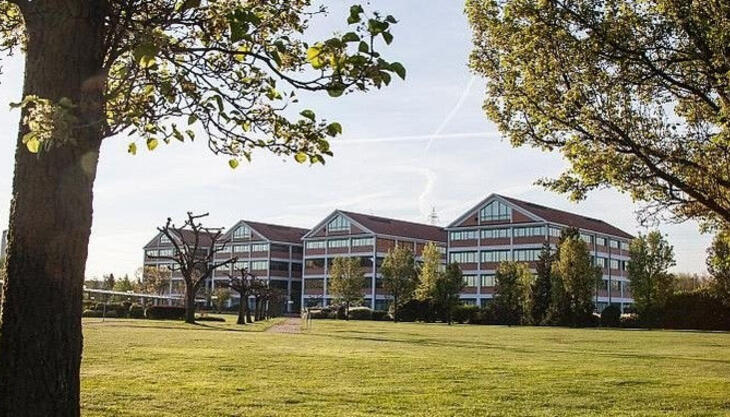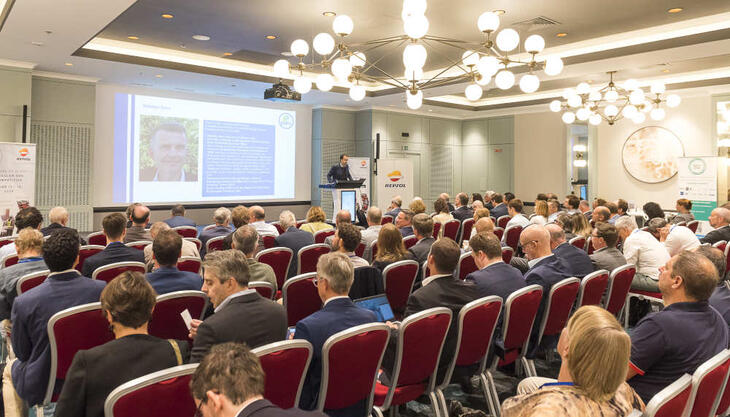Basf increases investments in R&Dand nanotech

The spending of Basf on research and development has been increased to 1.8 billion euros in 2013. "In absolute terms, we lead the field in the chemical industry with our research and development expenditures", said Andreas Kreimeyer, member of the board of executive directors of Basf and research executive director, at the research press conference on the topic "Nanotechnology: small dimensions - great opportunities" in Ludwigshafen. The innovative strength of Basf is demonstrated once more by sales of new products introduced onto the market within the past five years. Last year these amounted to about 8 billion euros. In 2013 alone, the company launched more than 300 new products on the market.
In future, the company is expecting strong impulses from North America and Asia for its innovation pipeline. By 2020, 50% of its research activities are to be conducted outside Europe. In 2013, Basf came another step closer to this goal and increased the proportion of its research outside Europe to 28%. To drive the globalization of research further forward, the company has, among other things, established six new laboratories at different locations in Asia and the United States. Moreover, for example in cooperation with highly innovative universities, Basf has founded the California Research Alliance (CARA) in California. Here, the main research focus is on the biosciences and new inorganic materials for the areas energy, electronics and renewable resources. In Asia, the company has, for example, joined forces with top-ranking universities from China, Japan and Korea to found the research initiative Network for Advanced Materials Open Research (NAO). In this joint project, research is underway on materials for a wide range of applications, including products for the automotive, construction and water industries and for the wind energy sector. Offering intelligent solutions for the challenges of the future based on new systems and functional materials requires not only interdisciplinary approaches but also the use of cross-sectional technologies like nanotechnology.
Nanotechnology - helping to develop solutions for the future
Nanotechnology is concerned with the development, manufacture and use of materials that have structures, particles, fibres or platelets smaller than 100 nanometers and so possess novel properties. Many innovations in areas such as automotive technology, energy, electronics or construction and medicine would not be possible without nanotechnology. Basf uses this technology to develop new solutions and improve existing products.
High-performance insulation materials
Nanopores provide the specific material characteristics in one of Basf's new high-performance insulation material. Slentite is the first high-performance insulation panel based on polyurethane, which needs only half the space compared to traditional materials while offering the same insulation performance. Up to 90% of the volume of the organic aerogel consists of air-filled pores which have a diameter of only 50 to 100 nanometres. As a result, the air molecules' freedom of movement is limited and the transfer of heat is reduced. The high-performance insulation material can be used, for example, in the construction sector for old and new buildings.
Microencapsulation
One Basf research field in which nanotechnology plays a key role focuses on the development of formulations of active components, especially on microencapsulation. Active substances are thereby enclosed with a wax, polymer or oil-based protective shell. This enables the actives to be used more specifically for the application concerned and function more effectively. The important factor here is the controlled release of the actives. Researchers have succeeded in designing the shell according to the application need, making it only a few nanometers thick or nanostructured. This allows control of the time and speed at which the active substances can be released at the desired target location.
Graphene
A material that could contribute to the key technological progress of organic light emitting diodes (OLEDs), displays and even batteries and catalysts is graphene. It is closely related to graphite, which is used, for example, in pencil leads. Unlike graphite, graphene consists of only one layer of carbon atoms, making it less than one nanometer thin. This material is a very efficient electricity and heat conductor and is very stable but also elastic and flexible. Because it is so thin, the actually black material appears transparent. An international team of researchers is currently exploring the scientific basis and application potential of innovative carbon-based materials like graphene at the joint research and development platform of Basf and the Max Planck Institute for Polymer Research in Mainz, Germany.
Colour filters
The new red colour Irgaphor Red S 3621 CF ensures an excellent image quality of liquid crystal displays (LCD). It is used in colour filters for notebook, computer and television screens. The smaller the particles are, the more intense the brightness of screens becomes. Basf has succeeded in manufacturing its product with a particle size of less than 40 nanometres. The tiny particles enable considerably less scattering of light in the colour filter. Compared to traditional colour products, Basf's new red doubles the contrast ratio of displays. This leads to a sharp, pure-coloured, high-contrast and thus brilliant image.
Safely utilizing the potentials of nanotechnology
Accessing new technologies requires an objective assessment of both the opportunities and risks. In addition to the manufacture and development of nanomaterials, another research priority is the risk assessment of nanoparticles. For about ten years, Basf has therefore been pursuing safety research with nanomaterials. During this time the company has conducted more than 150 own toxicology and ecotoxicology studies and participated in approximately 30 different projects with external partners.
Furthermore, Basf is evaluating an investment in a world-scale methane-to-propylene complex on the US Gulf Coast. The on-purpose production of propylene to supply the company's North American operations would allow Basf to take advantage of low gas prices due to US shale gas production and considerably improve its cost position. This would be Basf's largest single-plant investment to date.


















